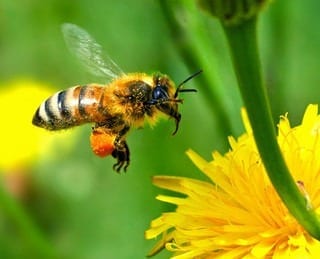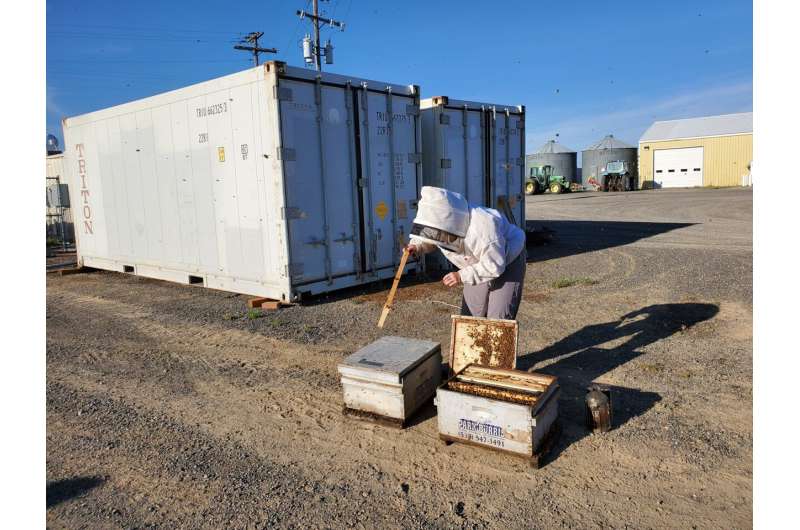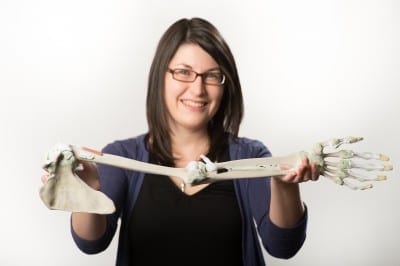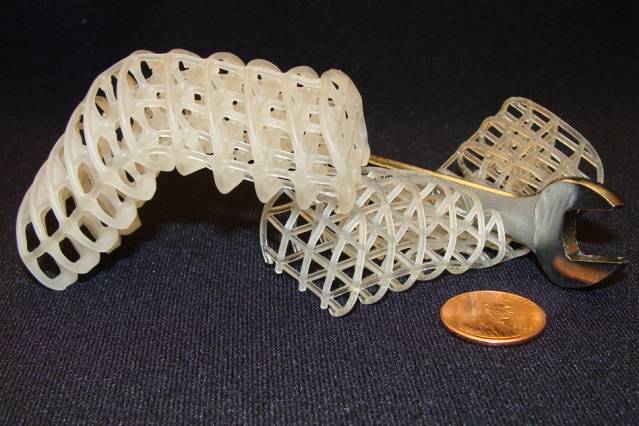
AROUND the world, honeybee colonies are dying in huge numbers:
About one-third of hives collapse each year, a pattern going back a decade. For bees and the plants they pollinate — as well as for beekeepers, farmers, honey lovers and everyone else who appreciates this marvelous social insect — this is a catastrophe.
But in the midst of crisis can come learning. Honeybee collapse has much to teach us about how humans can avoid a similar fate, brought on by the increasingly severe environmental perturbations that challenge modern society.
Honeybee collapse has been particularly vexing because there is no one cause, but rather a thousand little cuts. The main elements include the compounding impact of pesticides applied to fields, as well as pesticides applied directly into hives to control mites; fungal, bacterial and viral pests and diseases; nutritional deficiencies caused by vast acreages of single-crop fields that lack diverse flowering plants; and, in the United States, commercial beekeeping itself, which disrupts colonies by moving most bees around the country multiple times each year to pollinate crops.
The real issue, though, is not the volume of problems, but the interactions among them. Here we find a core lesson from the bees that we ignore at our peril: the concept of synergy, where one plus one equals three, or four, or more. A typical honeybee colony contains residue from more than 120 pesticides. Alone, each represents a benign dose. But together they form a toxic soup of chemicals whose interplay can substantially reduce the effectiveness of bees’ immune systems, making them more susceptible to diseases.
Read more . . .
The Latest on: Colony Collapse
[google_news title=”” keyword=”Colony Collapse” num_posts=”10″ blurb_length=”0″ show_thumb=”left”]
via Google News
The Latest on: Colony Collapse
- Bachupally Wall Collapse Incident: Six Persons Arrested for Negligenceon May 9, 2024 at 4:41 am
Hyderabad: Six persons arrested in connection with the wall collapse incident at an under construction site ... where the victims were living at Renuka Yellamma colony in Bachupally in Medchal ...
- 6 arrested for Hyderabad wall collapse which claimed 7 liveson May 9, 2024 at 2:12 am
HYDERABAD: Police have arrested six persons in connection with Tuesday’s wall collapse at an underHYDERABAD: Police have arrested six persons in connection with Tuesday’s wall collapse at an ...
- Hyderabad: Six arrested for Bachupally wall collapse which claimed 7 liveson May 9, 2024 at 1:20 am
Six workers and a four-year-old boy died when the retaining wall of an under-construction apartment complex collapsed on Tuesday evening after heavy rains.
- Seven die in wall collapse due to rain in Hyderabad’s Bachupallyon May 8, 2024 at 2:25 am
came crashing down in the Renuka Yellamma Temple Colony where a five-storied residential building was being constructed.” The six-foot wide mud barrier supporting the compound wall dissolved after the ...
- 7 construction workers killed in wall collapse in Hyderabadon May 8, 2024 at 2:15 am
The workers belonged to Odisha and Chhattisgarh, and seven of them are undergoing treatment at a hospital in Hyderabad.
- Seven killed in wall collapse amid heavy rain in Hyderabadon May 7, 2024 at 9:23 pm
In Bachupally, Hyderabad, a wall collapse due to rain killed workers, including a woman and a girl. Chief minister A Revanth Reddy took action, direct ...
- Seven Killed In Wall Collapse In Hyderabadon May 7, 2024 at 8:46 pm
Seven migrant workers, including a four-year-old child, were killed in a wall collapse in Greater Hyderabad following heavy r ...
- 4-yr-old, 6 workers killed in Bachupally wall collapseon May 7, 2024 at 8:27 pm
Hyderabad: Seven labourers, including a 4-year-old-child were killed when a retaining wall at an under-construction apartment came crashing down due to heavy rains in Renuka Yellamma ...
- Vladimir Putin begins a fifth term as Russian president in an opulent Kremlin inaugurationon May 7, 2024 at 10:18 am
President Vladimir Putin began his fifth term at a glittering Kremlin inauguration Tuesday, embarking on another six years as leader of Russia after destroying his political opponents, launching a ...
- ‘For the bees’: Retiring U of M entomologist Marla Spivak reflects on long career of bee science, advocacyon May 1, 2024 at 9:00 pm
When Colony Collapse Disorder began killing honey bees in the early 2000s, Spivak became a very public voice for bees. She started the University of Minnesota Bee Squad in 2010, and oversaw ...
via Bing News










